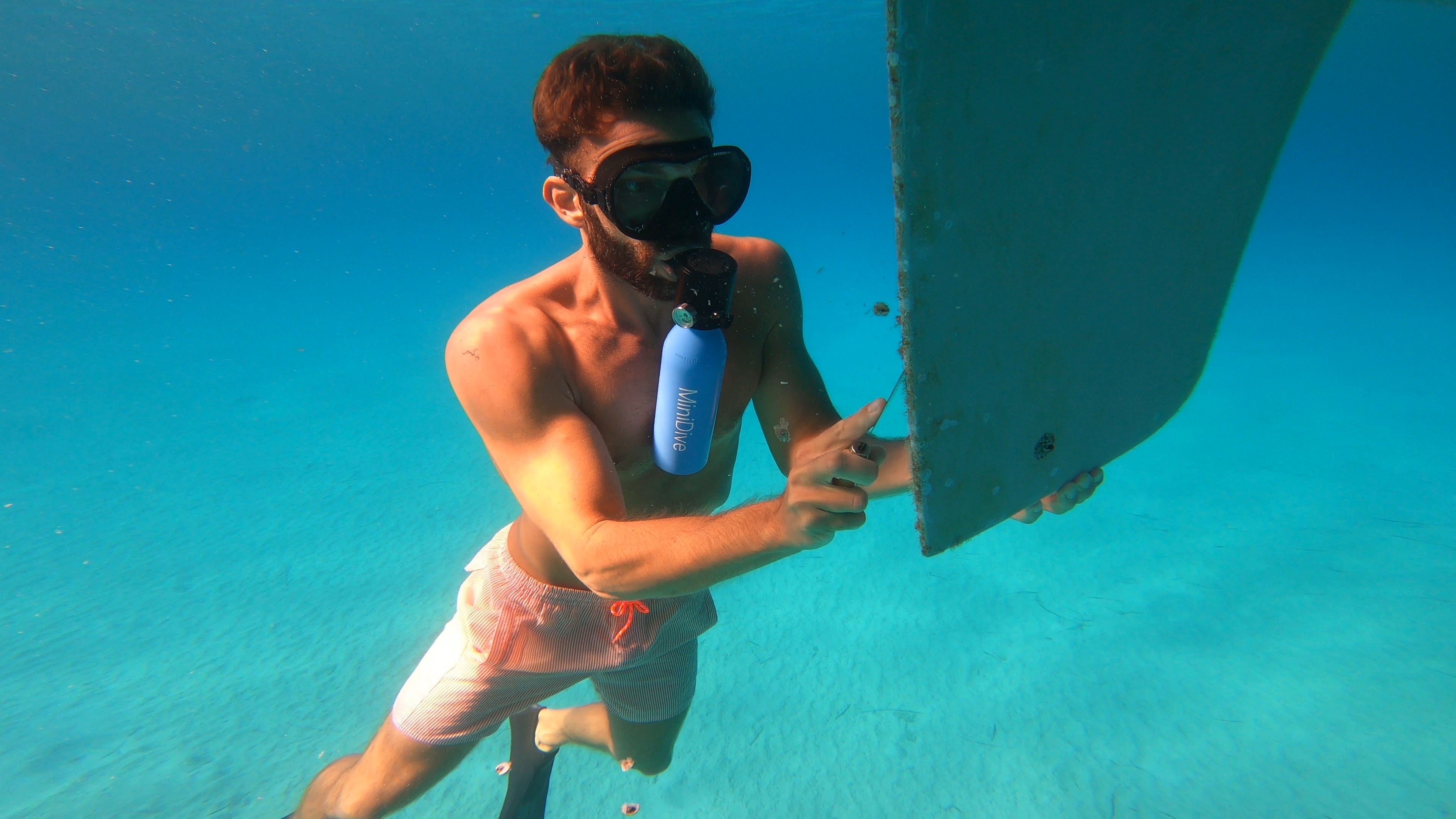
5 Essential Safety Features to Check in Mini Tanks
Ensuring mini tank safety hinges on five critical checks: first, verify the pressure relief valve is calibrated to open at 110% of the tank’s rated working pressure (e.g., 150 psi for a 136 psi-rat...

How to Choose a Mini Tank for Recreational Diving: 5 Factors
When choosing a mini tank for recreational diving, focus on capacity (3-5L) for dive duration, weight (<2.5kg) to avoid fatigue, valve type (dual-outlet preferred for regulator flexibility), saf...
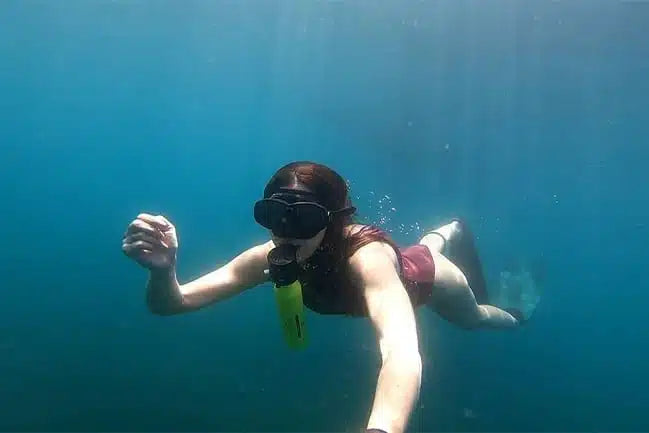
Mini Tank Safety Features: 5 Mechanisms Explained
The Mini Tank incorporates five key safety features: a 35-degree tilt sensor halts operation if tilted beyond safe limits, a pressure relief valve activates at 2.5 bar to prevent overexpansion, the...
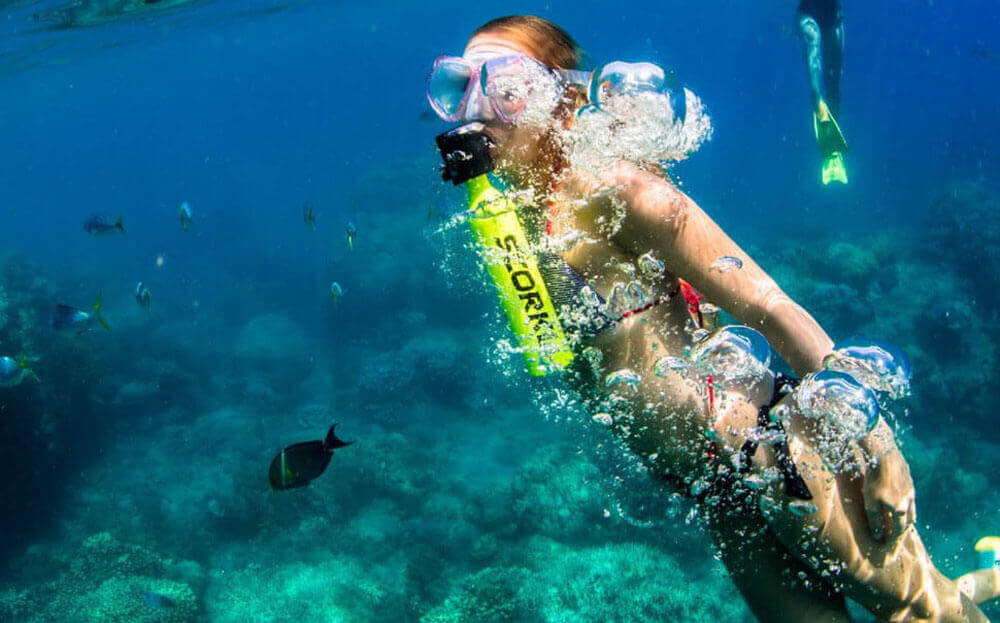
Mini Scuba Tank Safety Guidelines 5 Must-Know Precautions
To ensure mini scuba tank safety, check the pressure gauge first—always use tanks with ≥50% of their rated capacity (e.g., ≥100 bar for 200-300 bar tanks) to avoid supply failure; verify hydrostati...
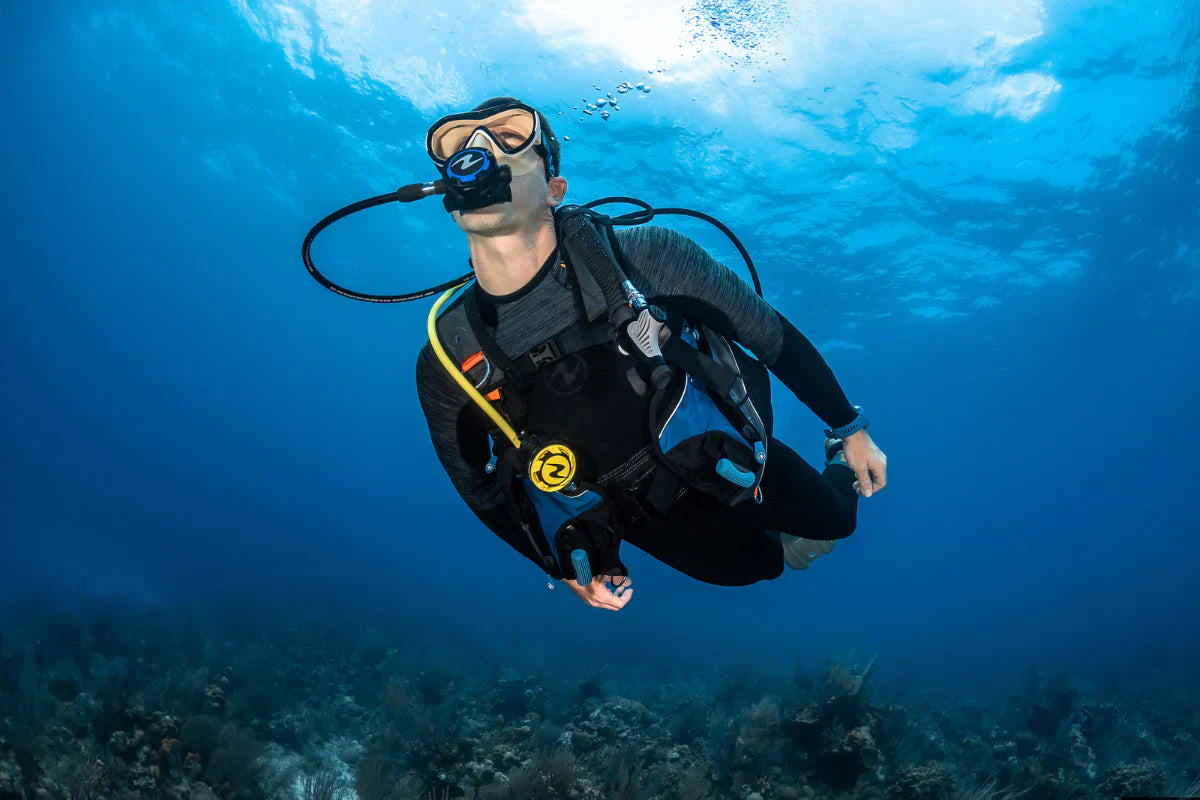
How to Store a Scuba Tank 5 Tips to Prevent Damage
To store a scuba tank and prevent damage, keep it pressurized at 100-200 psi (never fully empty) to block moisture, place it upright on a stable stand in a dry, shaded area with temperatures betwee...
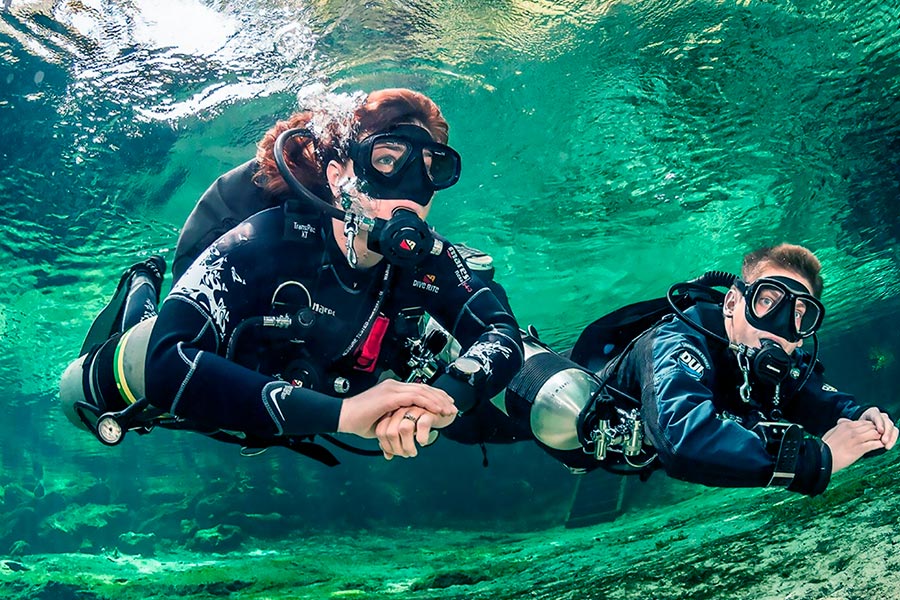
How to Choose Between a 1l and 2l Mini Diving Tank
When choosing between a 1L and 2L mini diving tank, focus on dive duration and portability: the 1L tank offers ~15-20 minutes of bottom time, lightweight (~2.1kg) for shallow, quick dives, while th...